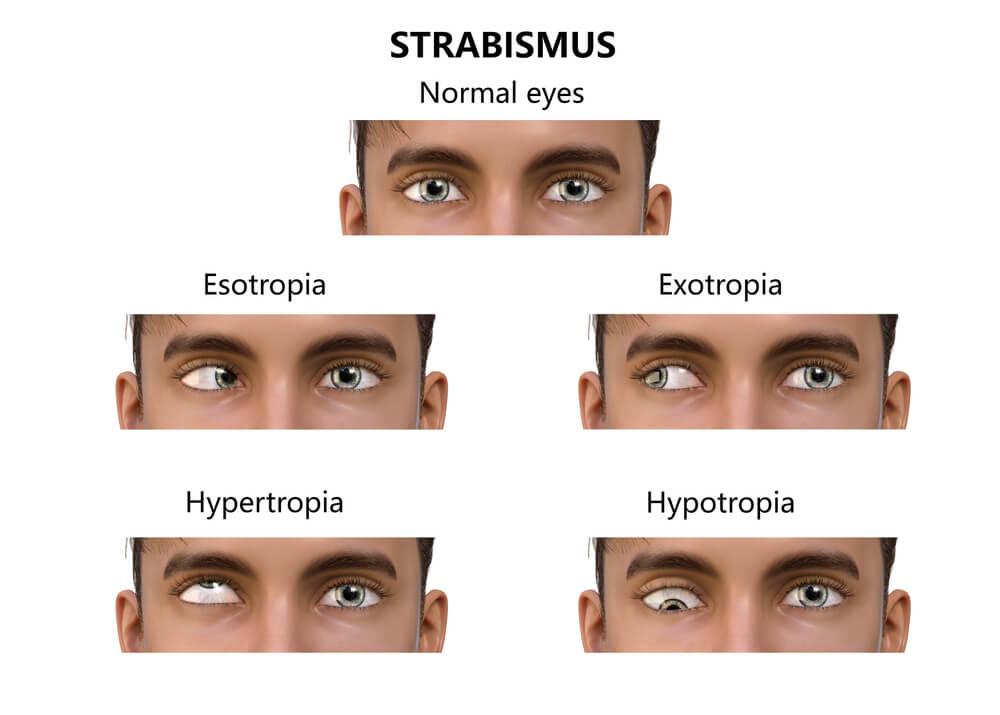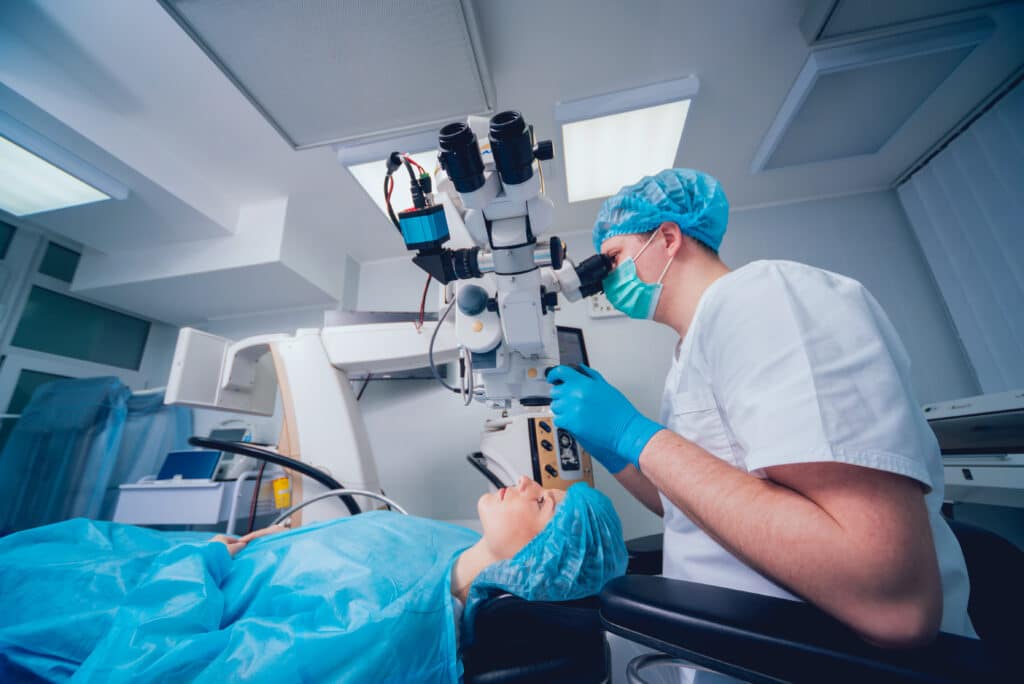Adult Strabismus

What Is Adult Strabismus?
Strabismus, often called “crossed eyes” or “eye misalignment,” is a condition where the eyes do not align properly. While it’s commonly associated with children, strabismus can also affect adults. Many adults are unaware that effective treatments, including surgery, can correct strabismus at any age.
What Is Strabismus?
Strabismus occurs when the eyes do not work together as a team. Normally, both eyes move in the same direction to focus on an object, sending a single image to the brain. In strabismus, one eye may turn inward (esotropia), outward (exotropia), upward (hypertropia), or downward (hypotropia), while the other eye stays aligned.
This misalignment can lead to problems such as double vision, difficulty with depth perception, or even suppression of one eye (where the brain “turns off” the image from the misaligned eye).
What Causes Strabismus in Adults?
There are several reasons why adults may develop strabismus:

- Residual Childhood Strabismus:
Some adults have strabismus that began in childhood and was either untreated or only partially corrected. As they age, their misalignment may worsen. - Nerve Problems (Palsies):
A stroke, brain injury, or neurological condition (such as diabetes) can damage the nerves that control eye movement, leading to strabismus. - Trauma:
Head injuries or eye trauma can affect the muscles or nerves that control eye alignment. - Medical Conditions:
Conditions such as thyroid eye disease or myasthenia gravis can cause eye misalignment by weakening or restricting the eye muscles. - Age-Related Changes:
As we age, the eye muscles can lose strength or coordination, causing misalignment to develop later in life.
How Does Strabismus Affect Vision in Adults?
Adults with strabismus may experience:
Q&A About Adult Strabismus
Q: Can strabismus develop in adulthood if I never had it as a child?
Yes, adults can develop strabismus for the first time due to medical conditions, trauma, or age-related changes. It’s important to see an eye doctor if you notice any new eye misalignment or double vision, as it could indicate an underlying health issue.
Q: Does adult strabismus always cause double vision?
Not always. Some adults with long-standing strabismus have adapted by suppressing the image from the misaligned eye. However, this can reduce depth perception and may lead to other vision problems over time.
Q: Is strabismus in adults just a cosmetic issue?
No. While strabismus does affect appearance, it also impacts vision and eye function. Correcting it can improve depth perception, reduce double vision, and alleviate eye strain.
Q: Am I too old to fix my strabismus?
Absolutely not! Strabismus surgery can be performed at any age. Adults often experience significant improvements in both their vision and quality of life after treatment.
Q: How is adult strabismus treated?
Treatment depends on the cause and severity of the misalignment. Options include:
What Happens During Strabismus Surgery?
Strabismus surgery involves adjusting the eye muscles to improve alignment. It’s typically an outpatient procedure performed under general anesthesia.
During the surgery, the ophthalmologist either tightens or loosens specific muscles to reposition the eye. Recovery is usually quick, with most patients returning to their normal activities within a few days.
Why Should Adults With Strabismus Consider Surgery?
Many adults with strabismus are surprised to learn how life-changing surgery can be. Here are some reasons to consider it:

How to Get Evaluated for Adult Strabismus
If you have strabismus or are experiencing symptoms like double vision or eye strain, the first step is to schedule a comprehensive eye exam. Your doctor will assess:
Based on this evaluation, your doctor will recommend the best treatment options for you.
Take Control of Your Vision and Confidence
Strabismus in adults is more common than you might think, and you’re not alone. Whether it’s a new issue or one that’s been with you since childhood, there are effective treatments available.
If you’ve been living with strabismus, don’t wait. Schedule a consultation to learn more about your options. A life with better vision, improved confidence, and less eye strain is within reach.
Providing Surgeons and Experience
At Associated Eye Care, our surgeons that provide care during strabismus procedures are Dr. Schloff and Dr. Lynch. Both Drs. Schloff and Dr. Lynch have an extensive amount of experience when it comes to helping patients with strabismus treatment.
If you’re interested in scheduling an adult strabismus evaluation in our Woodbury or Hudson location, please call (651)275.3000 or request an appointment online.


